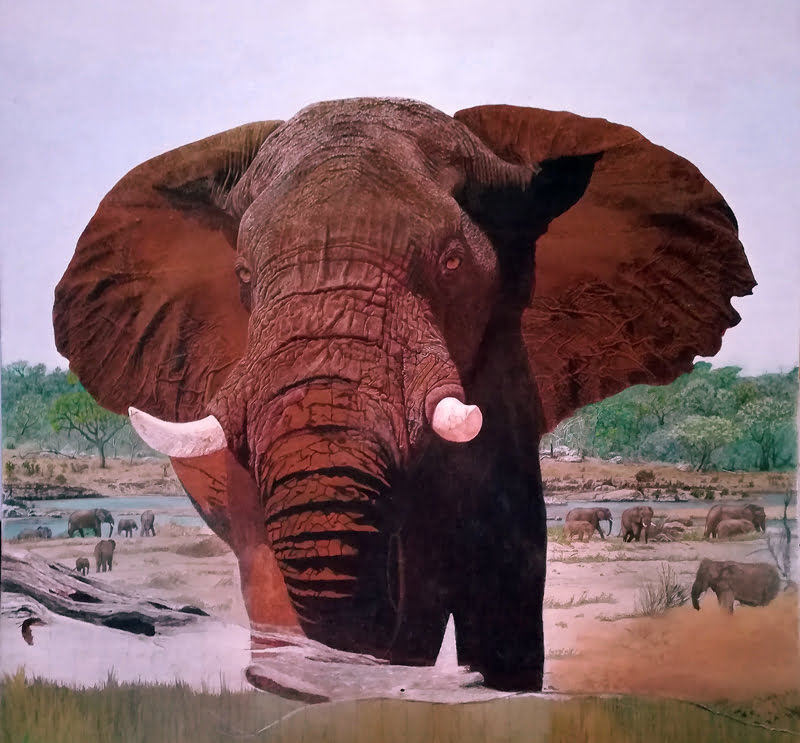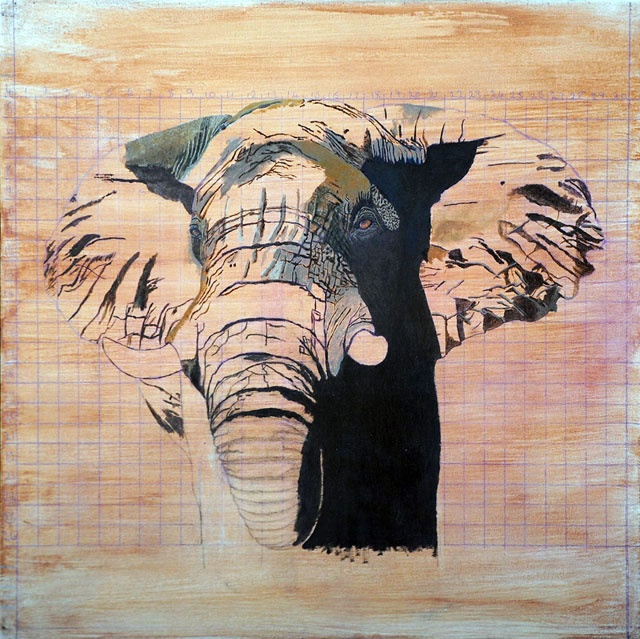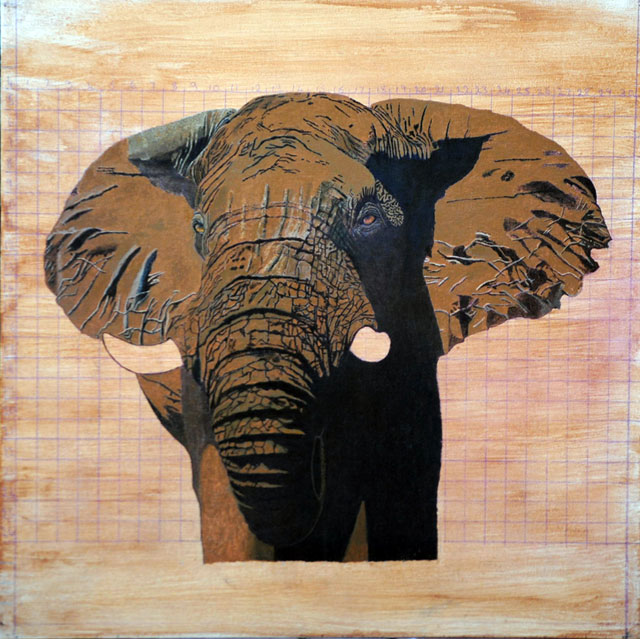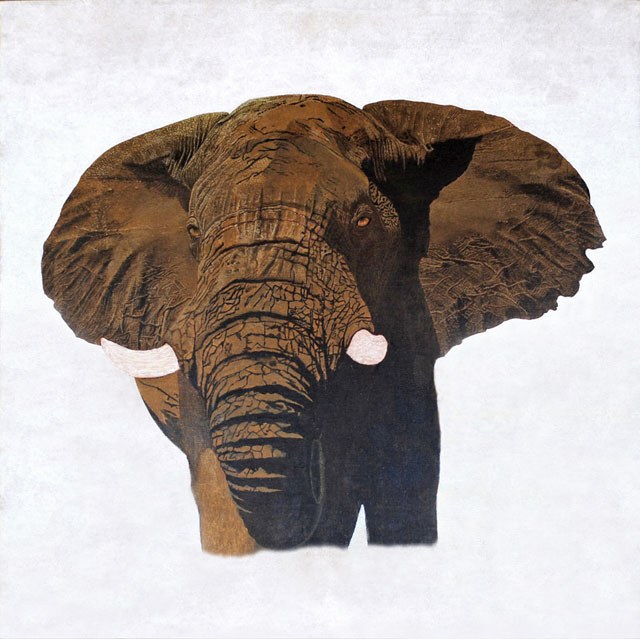An Elephant Painting
An Elephant Called Dignity
Does the colour make a difference?
I was recently asked what had happened to my artwork. Yes, I am still painting, although I am involved in a new endeavor that we will reveal soon, involving watercolour art. I am forced to use this medium for my new project, as a result of the nature of the subject matter.
Is it the colour, style or surroundings that make some elephant paintings stand out above the rest? If an artist knew the answer to that question, he or she would never deviate from their theme. There are, of course, artists – like David Shepard – who have the look of Africa fairly well tapped in their subjects. This ‘look’ and accuracy to detail make the work appealing to many wildlife art collectors.
When an artist paints a subject, they put their own style and interpretation into their work. But when you intend to paint, as in this case, an elephant with a known reputation, things change. The reason is more attention must be paid to the characteristic features of a known and specific individual animal, as the image now takes on the character of a portrait.
This is when other features must come into play; notably length and shape of tusks, skull, ears, etc. Here, detail is paramount or the viewer will never be able to say the image is that of Echo (of Amboseli fame) or Hanno (a white elephant, given to Pope Leo X in 1514) for instance. These are obvious reasons to be accurate. An artist is always pleased if the portrait he/she has painted can be recognized as the subject it is intended to be. On the subject of precision, don’t be shy to use grid lines, as I have done, or even the diagonal line method, which you can research for yourself.
Now, this brings up the question of colour. It might not be obvious to all lovers of elephant art but the actual colour of an elephant’s skin varies greatly in nature. I remember being asked this question by a child who, like other budding and developed collectors of wildlife-art, was somewhat puzzled by elephants painted from red-brown to grey-white and every shade in-between. Having tackled this question many years before, I was happy with my own discovery, which was to find a zoo elephant that had regular washing sessions, you will get an idea of the true skin colour there. Obviously this will change between more dramatically between African and Indian elephants.
So when you discover the real colour of an elephant, are you going to paint all your elephants this colour? Naturally, that would be very wrong – in my opinion – for the reason that an elephant’s character is well-determined by its specific colour and so is it for all elephants.
Apart from their skin colour varying so greatly, elephants bathe themselves with the mud of the region they live in. Therefore, it stands to reason that their skin will take on the hue and colour of this mud. This is why many people are able to identify the region a subject comes from, simply by the colour of the skin. This fact makes it important when painting a portrait elephant accurately.

A Touch of Class here and there. Then my Background Gets a Makeover. Then Some of my Family. Not Bad Hey!
Mud, sprayed with the trunk, is applied mainly to the back, head and ears. The primary reasons for this is for a sun-screen and as tick and parasite protection. The elephants do this so often that they become identifiable by the colour of the mud and remain so, unless they move to a new area.
So now you know where colour can make such a difference.




